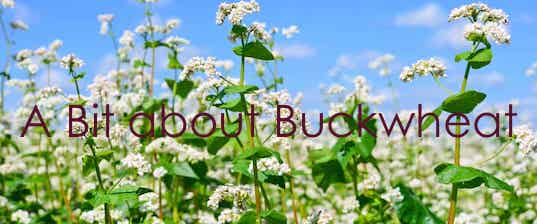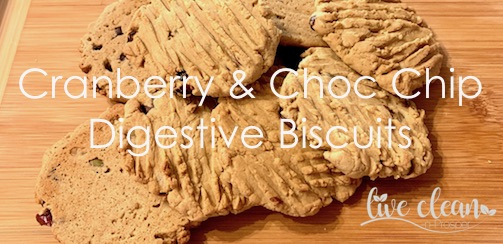Todays post is about Buckwheat. After sharing my Digestive Biscuit recipe and the reference to buckwheat being good for digestion, I thought that this topic should be next.
So, what is buckwheat?
The buckwheat plant was domesticated in north western China 3,000 years ago and despite the name, is not related to wheat in any way. Instead, buckwheat is actually related to sorrel, knotweed, and rhubarb. Its seeds so closely resemble the much larger seeds of the beech tree that the plant has been called “beech wheat,” or buckwheat. It is actually a soft leaf, green plant with pretty white flowers.
Buckwheat is not classified as a ‘true’ grain, but rather a ‘pseudo-cereal’. Its nutritional profile, nutty flavour, appearance and culinary applications have led it to be commonly referred to as a grain.
It has many Health Benefits
- It’s gluten free
- High in protein (13-15%), second highest only to oats, and rich in the amino acid lysine.
- Rich in polyunsaturated essential fatty acids, such as linoleic acid.
- Contains vitamins B1, C, E and P as well as high levels of zinc, copper, and manganese.
- High in soluble fibre.
- A rich source of antioxidant compounds.
- Contains rutin, a bioflavonoid that helps control blood pressure.
Beneficial to the Cardiovascular System
Diets that contain buckwheat have been linked to lowered risk of developing high cholesterol and high blood pressure. The beneficial effects are due in part to its rich supply of flavonoids, particularly rutin.
Rutin protects against disease by extending the action of vitamin C and acting as antioxidants. This helps maintain blood flow and keep platelets from clotting excessively.
It’s also a good source of magnesium. Magnesium relaxes blood vessels, improving blood flow and nutrient delivery while lowering blood pressure—the perfect combination for a healthy cardiovascular system.
Supports digestive health
Buckwheat has high content of fibre, about six grams in every one cup serving. The fibre helps to fill you up, suppresses the appetite and lowers the chances of over eating. It also helps move food through the digestive tract. This type of insoluble fibrous food is essential for cleaning and strengthening intestines.
Buckwheat is also one of the foods to eat to heal and seal a leaky gut. This is because it is the world’s best source of vitamin P. It actually helps to increase collagen formation and increase intestinal resilience.
Main forms of buckwheat
As flour – it may be used to make gluten free crepes and pancakes. It is also used in conjunction with other flours to make muffins, rolls, bread and cookies. Also works well as a thickener for sauces, soups and casseroles.
Buckwheat groats – are dehulled buckwheat kernels. The groats are used in many dishes throughout the world. In Europe the toasted groats (Kasha) are used in dishes like pilafs.
Soba noodles – buckwheat flour is mixed with wheat flour to produce these Japanese noodles. The buckwheat flour content can range from 50% to 80% depending on the type of noodle produced.
With so many health benefits, it seems like a good idea to include buckwheat as a regular part of our diet.
Till the next post,
Live Clean n Prosper
Sources – Wikipedia – Worlds Healthiest Foods – Grains & legumes Nutrition Council, Aust – Foundation for Alternative and Integrative Medicine



